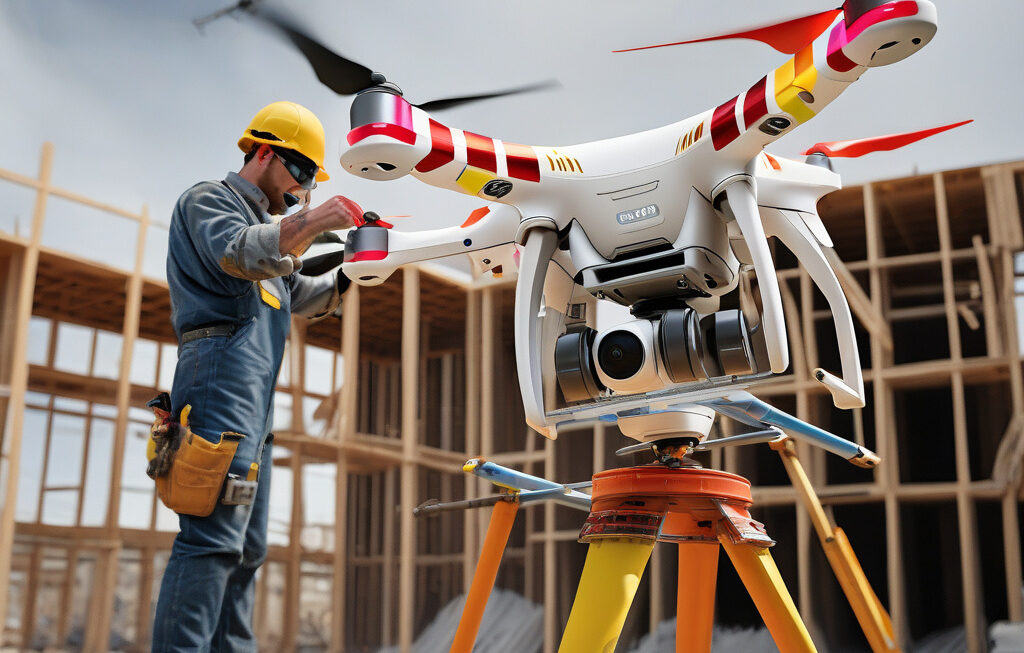Liquid Batteries Store Oxygen like Blood to Boost Robot Power by Six Times
Powering mobile robots is tricky—batteries add weight, while energy harvesters like solar panels lack consistency. However, a groundbreaking solution might change the game for robotics: liquid batteries that store oxygen similarly to how blood carries oxygen in our bodies. This innovative technology has the potential to amplify robot power by up to six times, setting a new standard for efficiency and endurance in the field.
Traditional batteries have long been a limiting factor in the development of mobile robots. Their weight hinders agility and speed, crucial factors in many robotic applications. On the other hand, energy harvesters such as solar panels are heavily dependent on external conditions like sunlight availability, making them unreliable in various environments. This is where liquid batteries come into play, offering a promising alternative that combines the best of both worlds.
The concept of liquid batteries storing oxygen akin to blood is not merely a metaphorical comparison; it is rooted in scientific principles. By leveraging the ability of certain liquids to absorb and release oxygen, these batteries can significantly increase the energy density and overall performance of robots. This means longer operating times, faster speeds, and enhanced capabilities for tasks ranging from surveillance to search and rescue missions.
One of the key advantages of liquid batteries is their flexibility. Unlike solid-state batteries that are bulky and rigid, liquid batteries can be designed in various shapes and sizes to fit the specific requirements of different robot models. This adaptability opens up a world of possibilities for integrating power sources seamlessly into robotic structures, optimizing both performance and aesthetics.
Moreover, the oxygen-storing capacity of liquid batteries allows for quick replenishment of energy, reducing downtime between missions. Imagine a fleet of autonomous drones that can fly longer distances without needing frequent recharging or a humanoid robot that can operate continuously in remote locations without interruption. These scenarios are no longer confined to the realm of science fiction but are becoming tangible realities with the advent of liquid battery technology.
In addition to boosting power output, liquid batteries contribute to sustainability in robotics. By harnessing oxygen, a readily available element in the atmosphere, these batteries reduce the reliance on traditional power sources that are often derived from non-renewable resources. This eco-friendly approach aligns with the growing emphasis on green technologies and highlights the role of innovation in creating a more sustainable future.
As with any emerging technology, there are challenges to overcome in the widespread adoption of liquid batteries for robots. Safety concerns, efficiency optimization, and cost-effectiveness are among the areas that require further research and development. However, the initial results and potential benefits indicate a promising trajectory towards revolutionizing the field of robotics.
In conclusion, the integration of liquid batteries that store oxygen like blood marks a significant advancement in enhancing robot power and performance. By addressing the limitations of traditional power sources and offering a more efficient and sustainable alternative, this technology has the power to redefine the capabilities of mobile robots across various industries. As researchers and engineers continue to refine and innovate in this space, we can expect to see a new generation of robots that are not only more powerful but also more versatile and enduring than ever before.
liquid batteries, oxygen storage, robot power, energy efficiency, sustainability












